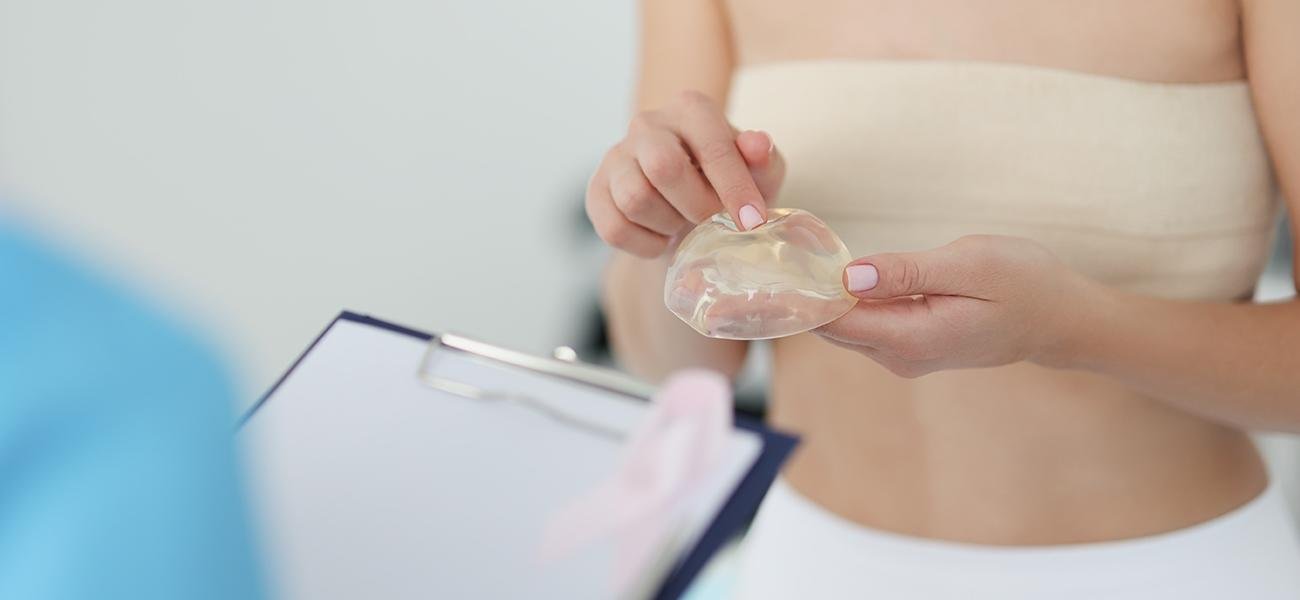How Long Do Breast Implants Last?

Breast augmentation is one of the most commonly performed cosmetic procedures worldwide. It offers a long-lasting enhancement in breast size, shape, and symmetry, often using saline or silicone implants. For those considering Breast Augmentation in Islamabad, one essential question often arises: how long do breast implants actually last? While implants are durable and built to withstand various pressures, they are not considered lifetime devices.
Understanding the longevity of breast implants helps in setting realistic expectations and preparing for future decisions regarding replacement or revision. Factors such as implant type, surgical technique, body changes, and patient lifestyle all contribute to how long the implants will maintain their shape and integrity.
Average Lifespan of Breast Implants
On average, breast implants last between 10 to 15 years. However, this is not a strict expiration date. Some women may never need to replace their implants, while others may require earlier revision due to complications or personal preferences.
Silicone implants, which are commonly used for their natural feel, tend to last longer and rupture less frequently than saline ones. Nevertheless, both types can remain intact for well beyond a decade if there are no medical or aesthetic issues.
The decision to replace implants typically arises from:
-
Implant rupture or leakage
-
Capsular contracture (hardening of scar tissue)
-
Shifting or malposition of the implant
-
Visible rippling or changes in breast shape
-
Desire for a different size or shape
Common Signs That Implants May Need Replacement
While some implants can remain intact for over 20 years, patients should be aware of the warning signs that indicate a need for revision surgery. These include:
-
Change in breast shape or volume
A noticeable decrease in volume may indicate a rupture, especially in saline implants. Changes in contour or symmetry might also suggest implant movement. -
Pain or discomfort
Persistent pain, especially accompanied by tightness or firmness in the breast, could point to capsular contracture or implant rupture. -
Firmness or hardness
If the breast becomes unusually hard or distorted, it may be due to the formation of excessive scar tissue around the implant. -
Visible rippling or wrinkling
Particularly common with saline implants or in patients with thinner breast tissue, rippling may necessitate correction. -
Rupture detection through imaging
Silicone implant ruptures are often “silent,” meaning they produce no obvious symptoms. Routine MRIs or ultrasounds are recommended to detect such ruptures.
Routine Monitoring of Breast Implants
Regular follow-ups with your plastic surgeon are essential to ensure the ongoing health of your breast implants. For silicone implants, the FDA recommends:
-
An MRI three years after implantation, followed by MRI scans every two years thereafter.
-
Alternatively, ultrasound imaging can also detect ruptures effectively.
Early detection of any issues can help prevent complications and support timely decision-making regarding implant replacement or removal.
Breast Implants Are Durable, Not Permanent
While modern breast implants are built to withstand physical activity and external pressure, they remain susceptible to natural wear and tear over time. Factors that contribute to degradation include:
-
Aging
Over the years, the shell of the implant can weaken, increasing the risk of rupture. -
Trauma
Physical injury or significant pressure to the chest area can compromise implant integrity. -
Body changes
Pregnancy, weight fluctuations, and aging can all alter the appearance of the augmented breasts, leading to sagging or changes in implant position. -
Surgical technique
Implants placed beneath the chest muscle tend to last longer and have a lower risk of complications than those placed over the muscle.
Revision Surgery: When and Why It’s Needed
Breast implant revision is a secondary procedure intended to replace or remove implants due to medical concerns or cosmetic preferences. It may be performed to:
-
Exchange implants for a different size or type
-
Correct implant rupture or leakage
-
Treat capsular contracture
-
Improve breast symmetry
-
Address changes in breast tissue over time
While revision surgery is generally safe, it should always be performed by a qualified plastic surgeon experienced in both primary and secondary breast procedures.
Factors That Affect Implant Longevity
Several elements determine how long breast implants will remain problem-free:
1. Implant Type and Brand
Higher-quality, FDA-approved implants have a lower failure rate and longer lifespan.
2. Surgical Expertise
The technique used during implantation and the surgeon’s experience directly impact long-term outcomes.
3. Patient Health and Lifestyle
Smokers, those with autoimmune conditions, or individuals who undergo significant weight changes may face more frequent complications.
4. Postoperative Care
Proper care following surgery—such as avoiding excessive chest pressure and wearing supportive bras—contributes to implant stability.
Maintaining Long-Term Results
While implants may eventually need replacement, certain steps can help extend their lifespan:
-
Follow your surgeon’s instructions
Adhering strictly to postoperative guidelines minimizes early complications. -
Attend scheduled check-ups
Early detection of rupture or contracture allows for quicker intervention. -
Protect the breast area
Avoid direct trauma and wear supportive bras during physical activity. -
Consider breast self-examinations
Monitoring any changes in shape, feel, or size can alert you to issues early on. -
Schedule imaging as recommended
Periodic MRI or ultrasound evaluations are particularly important for silicone implants.
Psychological and Aesthetic Considerations
Some women choose to replace their implants for reasons beyond medical need. Aesthetic preferences may evolve with time, leading to a desire for:
-
Larger or smaller implant size
-
A different implant material (silicone vs. saline)
-
A more youthful breast contour (often with a simultaneous breast lift)
Understanding that revision is a natural part of the breast augmentation journey can help patients view the process as a continuation of their personal goals rather than a failure of the initial surgery.






